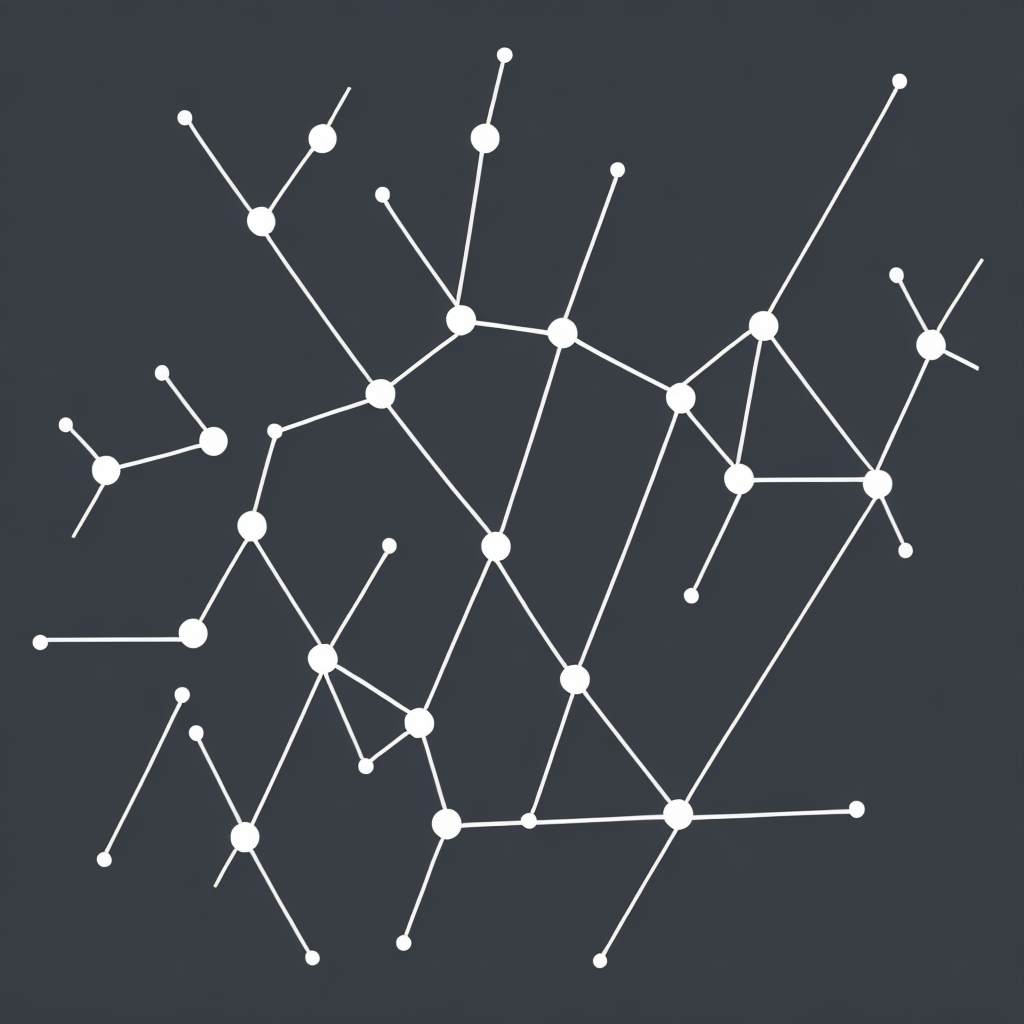Unlocking the Power of Knowledge Graphs: Navigating the Complexities of Structured and Connected Data
In today’s digital era, vast amounts of data are created, amassed, and managed digitally. To navigate and make sense of this wealth of information, techniques like knowledge graphs offer a promising avenue. Knowledge graphs serve as powerful tools for representing structured, connected, and complex information, enabling deep insights and enhanced decision-making capabilities. This article explores the fundamentals of knowledge graphs, their importance, benefits, as well as their practical applications in various fields.
### Understanding Knowledge Graphs
A knowledge graph is an interconnected collection of entities (also called nodes) and the relationships (edges) between these entities. Entities can be any item of data, people, places, or concepts, to name a few. Relationships articulate the connections, associations, or interactions among these entities, effectively mapping out the context and nuances of their relationships.
### The Importance of Knowledge Graphs
Knowledge graphs hold significant importance in today’s data-driven society due to several reasons:
– **Enhanced Navigation**: They help in navigating through complex and interconnected data, providing users with a semantic understanding that goes beyond traditional data analytics.
– **Improved Decision-Making**: By presenting data in a structured and interconnected manner, knowledge graphs enable more informed and insightful decisions by revealing underlying patterns and connections that might be missed otherwise.
– **Integration of Diverse Data Sources**: Knowledge graphs can unify and integrate data from various sources, ensuring consistency and enhancing the quality and accuracy of information.
### The Role of Knowledge Graphs in Business and Technology
Knowledge graphs find applications across several sectors, providing unparalleled benefits to different industries.
– **Healthcare**: They assist in creating patient-centric care models by integrating multiple data sources on patient health histories, genetics, and environmental exposures, leading to personalized treatments and improved outcomes.
– **Finance**: Financial institutions use knowledge graphs to identify complex networks of relationships and transactions, aiding in detecting fraudulent activities, compliance checks, and risk assessments.
– **Retail**: Store analytics and recommendation systems can leverage knowledge graphs to understand customer preferences, interactions, and the relationships between products, enhancing personalized shopping experiences and driving sales growth.
### Challenges and Best Practices
Navigating the complexities of knowledge graph development and implementation is not without challenges. These include:
– **Data Quality and Scalability**: Ensuring the accuracy, completeness, and scalability of data can be daunting. Strategies for data quality assurance, maintenance, and updating frameworks are crucial.
– **Handling Dynamic and Evolving Data**: As data in the real world changes constantly, maintaining up-to-date knowledge graphs necessitates robust mechanisms to accommodate new entities, relationships, and data changes.
– **Integration and Interoperability**: Standardizing data formats and ensuring compatibility between graphs across different departments, systems, or domains is essential for maximizing the impact of knowledge graphs.
Best practices to tackle these challenges include employing robust data governance policies, adopting advanced data management technologies, fostering a collaborative culture, and prioritizing continuous learning and improvement.
### Conclusion
The power of knowledge graphs lies in their ability to transform structured and connected data into a comprehensible, accessible, and actionable form. By illuminating the intricate relationships within data, knowledge graphs unlock new dimensions of value and innovation across various sectors. As the digital landscape evolves, the strategic deployment of knowledge graphs becomes a critical asset for companies and organizations seeking to navigate and leverage the complexity of modern data environments effectively.
